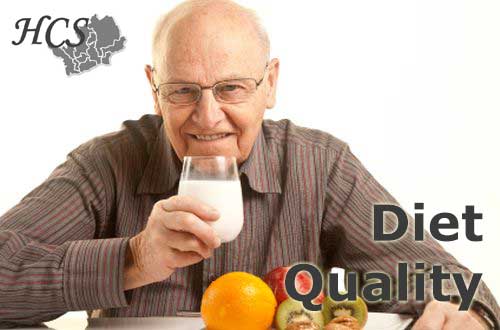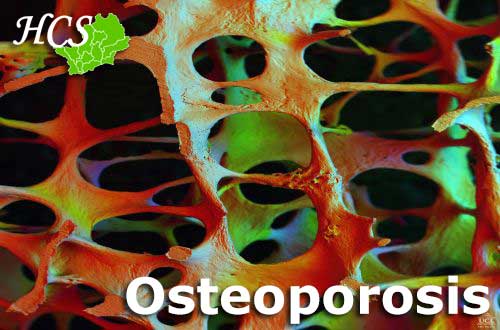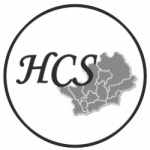Intergenerational Study
In 2017, with the help of our original 1930 cohort members, we sent postal questionnaires to the children and grandchildren of HCS members, resulting in 462 children and 284 grandchildren being recruited to form an intergenerational study, which we call 3G. This group have largely helped us by completing questionnaires by post (or more recently by email), with a smaller group also attending our research clinic to help us with a study about bone health.

Findings
Body Build

In our first study we showed that body build tends to track across generations and that the way our original cohort members grew as infants was related to their grandchildren’s height many years later. While genetic factors may be important, we also showed that dietary choices tend to track across families, with generations of families tending to choose the same types of foods.
Bone

To study the relationship between someone’s perception of their risk of breaking a bone and whether a close relative had suffered a fracture, we asked our participants to rate their risk of breaking a bone (as well as their risk of suffering other health events, such as having a heart attack). Women who had other medical conditions or had a personal history of fracture reported that they felt their risk was higher and our participants told us that they felt there was a closer relationship between a family history of heart disease and their own risk of having heart problems that the relationship between having a family member who had broken a hip and their own risk of breaking something (although relationships are actually strong in both cases). We explored these areas in greater depth in interviews with some of our participants, who have suggested that social networks may be a good way of raising awareness about osteoporosis; men often reported knowing about osteoporosis through conversations with their wives!
To study how bone geometry and structure relates across generations of families we invited a subgroup of people to travel to Cambridge to have bone density tests, including a ‘virtual bone biopsy’ using a high resolution peripheral quantitative computed tomography (HRpQCT machine for short). This was the first study to obtain such a range of sophisticated measures of bone health across several generations. We found close relationships in many measurements across families. We are now working to understand what role genetic factors (as well as a tendency for lifestyle to run in families) play in this relationship.
Key references
Carter S, Parsons C, Ward K, Clynes M, Dennison EM, Cooper C. Body mass index, prudent diet score and social class across three generations: evidence from the Hertfordshire Intergenerational Study. BMJ Nutr Prev Health. 2021 Jan 6;4(1):36-41. doi: 10.1136/bmjnph-2020-000178. PMID: 34308110; PMCID: PMC8258032.
https://www.ncbi.nlm.nih.gov/pmc/articles/PMC8258032
Parsons CM, Carter SA, Ward K, Syddall HE, Clynes MA, Cooper C, Dennison EM. Intergenerational effect of early-life growth on offspring height: Evidence from the Hertfordshire Cohort Study. Paediatr Perinat Epidemiol. 2020 Jan;34(1):29-35. doi: 10.1111/ppe.12620. PMID: 31960473.
